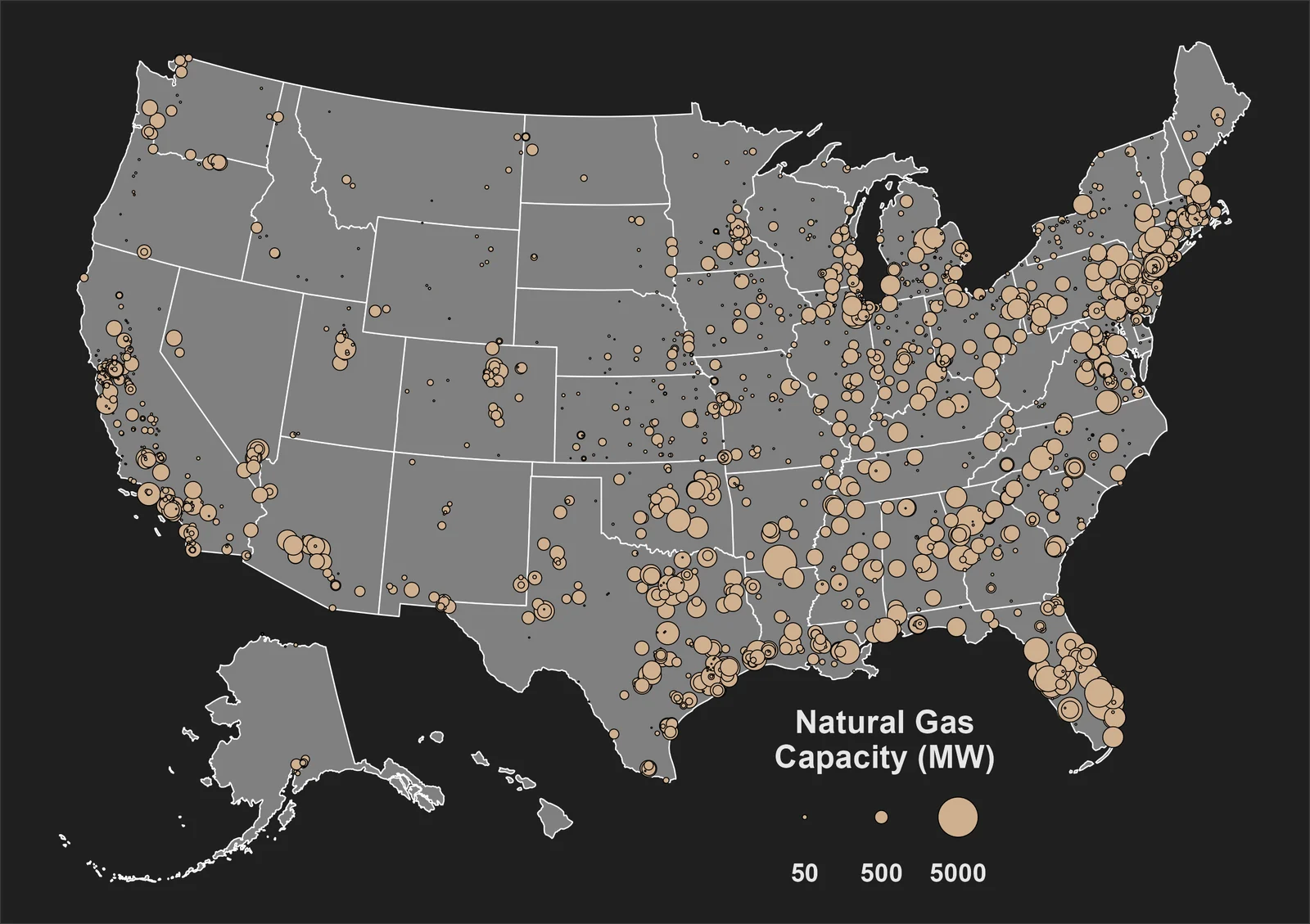Electricity prices are closely tied to the cost of natural gas. That’s because natural gas-fired power plants play a critical role in meeting peak energy demand, thanks to their ability to ramp up and down quickly. This flexibility helps Independent System Operators (ISOs) maintain a stable and efficient power grid.
Beyond its operational advantages, natural gas has grown in popularity for several reasons. Advances in shale gas extraction, particularly hydraulic fracturing (fracking), have unlocked vast reserves, significantly increasing domestic supply. This surge in production has enhanced U.S. energy security while keeping natural gas prices—and by extension, electricity prices—competitive.
Natural gas is also considered a cleaner-burning alternative to coal, emitting about half the carbon dioxide. As a result, it has become a preferred choice for power generation, especially as the U.S. transitions toward a lower-carbon energy mix. However, ongoing regulatory developments, infrastructure constraints, and market fluctuations continue to influence long-term price trends.
At OES, we don’t just track daily market movements—we analyze the broader landscape, including policy shifts and supply dynamics, to help our clients navigate energy costs with confidence. Our goal is to ensure you stay ahead of the market and make informed decisions to protect your bottom line.

